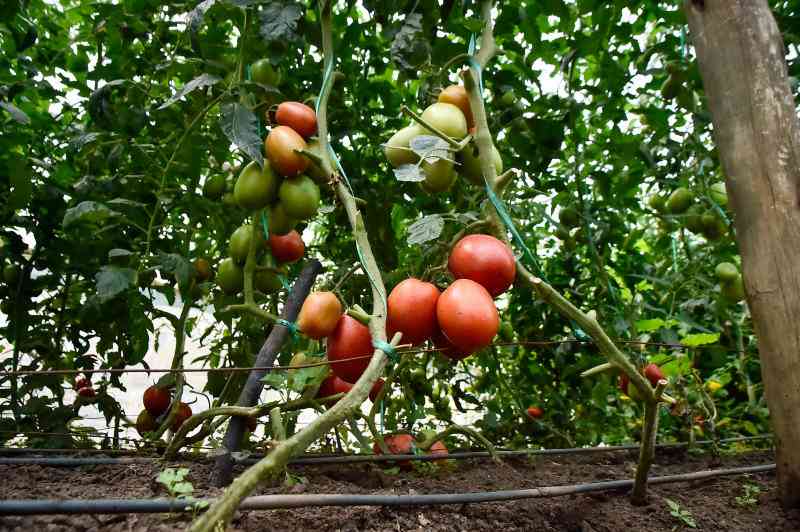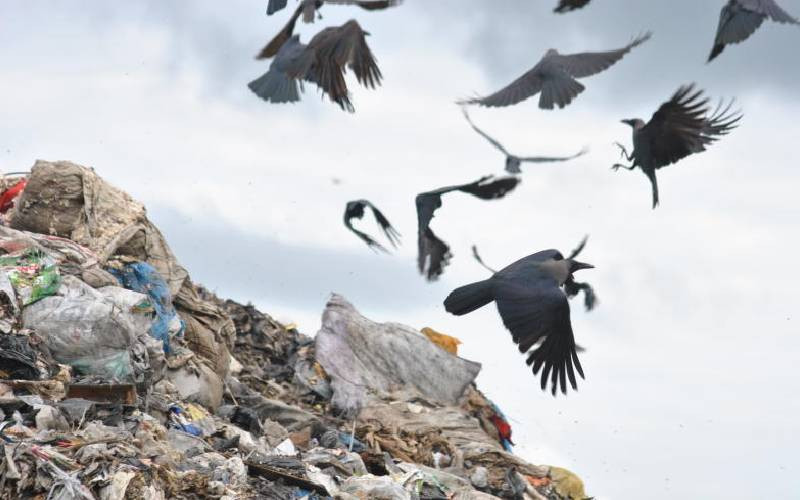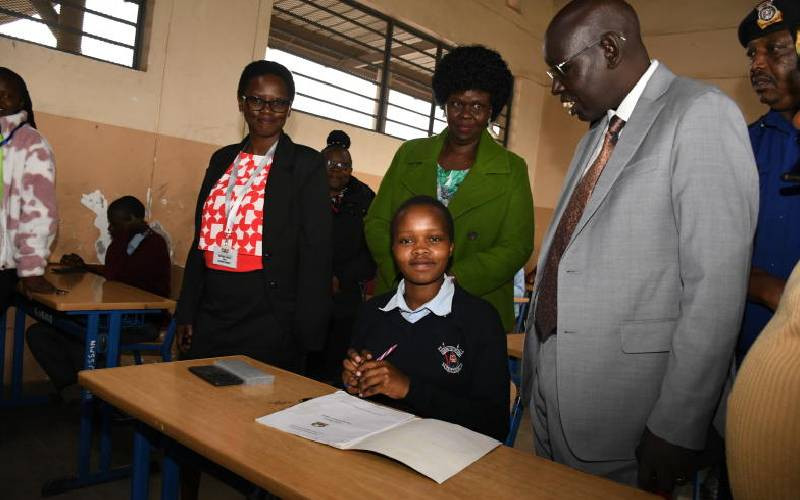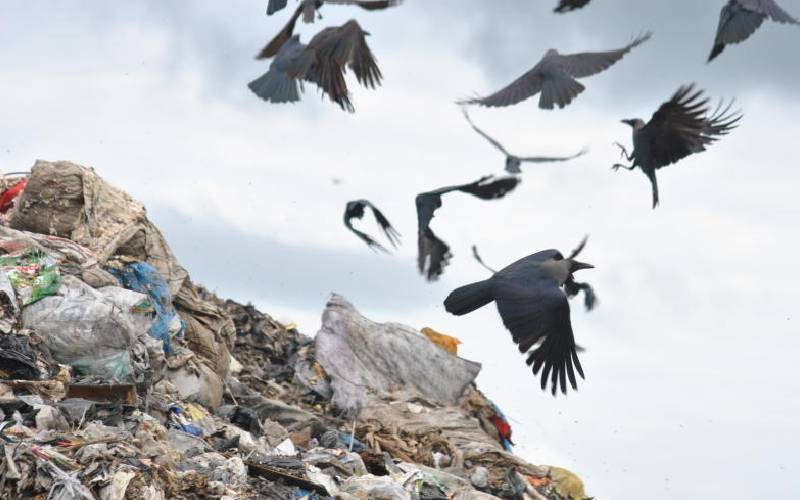If you thought money does not grow on trees, you need to hear David Mugambi’s story on tree planting.
While other farmers are spending all their energies on usual farming ventures like keeping poultry and growing crops, Mugambi is thinking outside the box.
“Many farmers are stuck on poultry and livestock but they forget there is money in trees. I can confidently say money grows on trees,” Mugambi tells Smart Harvest.
He started planting trees in 2006 in his one acre farm in Kaveri, Embu County and he has no regrets.
“I started this venture like a joke nine years ago with 120 trees and in six years, 100 of them were ready for sale. I made a profit of Sh450,000. The beauty of it is that trees grow with minimal involvement from the farmer. They are not like other crops which need tender care.”
From his first harvest, the farmer sold his trees to construction firms.
Following the success of that first initiative, he expanded his project in 2013. “I bought a six-acre farm in Kimbimbi, Mwea, Kirinyaga County. In 2013, I planted 5,200 trees and I hope they will mature in the next six to ten years. With trees, you can never go wrong, so with my 5,200 trees I am looking at Sh40 million in the next six years,” he says with optimism.
Lucrative as it may sound, he is quick to warn that tree planting is not for the faint heart.
“Tree planting pays, but it requires patience because the maturity period is longer. Trees take years to mature it’s not like maize that takes months and a harvest is ready,” explains Mugambi.
THE BASICS
Mugambi explains that, “before trees are planted, the piece of land should be thoroughly prepared in terms of ploughing to ensure the ground is softened and to suppress the weeds.”
It is advisable that the ploughing be mechanised to ensure well loosened soil.
Spacing is also key and he cites a space of 2 by 2.5 meters and the holes be 1.5 by 1.5 feet deep. For manure, he recommends the farm yard type.
“It increases the moisture retention especially in dry areas such as this and supplies nutrients for growth.”
Mugambi plants eucalyptus grandis and eucalyptus camaldulensis.
“I settled for this two because eucalyptus grand is a fast growing while eucalyptus camaldulensis is drought-resistant meaning that we have a species that can survive in the dry region and at the same time grow fast,” explains Mugambi.
He says: “In the first three years of planting, weeding is crucial because during this period, the trees have not developed deep roots and any undergrowth should be eliminated to hasten root development.”
When starting off on his second project, his greatest challenge was the unpredictable rainfall patterns.
Stay informed. Subscribe to our newsletter
“I planted the trees during the wrong season of the month, May. Three quarters of the trees in their six acre farm dried. When I planted the second time during the October-November season, when there is rain the trees sprouted with life.”
For farmers who want to venture in this project, he advises them to procure seedlings from a certified supplier.
“I get my seedlings from Aberdares Technologies in Thika. They are good quality.”
To idle youth, he has this to say: “Young people should not just sit idle waiting for white-collar jobs. They need to get into farming. Like now tree nurseries are on high demand,” Mugambi says.
To the public, he urges them to embark on tree planting to reduce pressure on the Kenyan water tower like Mt Kenya, Aberdares, Mau, Mt Elgon and the Cherangani ecosystem.
 The Standard Group Plc is a
multi-media organization with investments in media platforms spanning newspaper
print operations, television, radio broadcasting, digital and online services. The
Standard Group is recognized as a leading multi-media house in Kenya with a key
influence in matters of national and international interest.
The Standard Group Plc is a
multi-media organization with investments in media platforms spanning newspaper
print operations, television, radio broadcasting, digital and online services. The
Standard Group is recognized as a leading multi-media house in Kenya with a key
influence in matters of national and international interest.
 The Standard Group Plc is a
multi-media organization with investments in media platforms spanning newspaper
print operations, television, radio broadcasting, digital and online services. The
Standard Group is recognized as a leading multi-media house in Kenya with a key
influence in matters of national and international interest.
The Standard Group Plc is a
multi-media organization with investments in media platforms spanning newspaper
print operations, television, radio broadcasting, digital and online services. The
Standard Group is recognized as a leading multi-media house in Kenya with a key
influence in matters of national and international interest.









